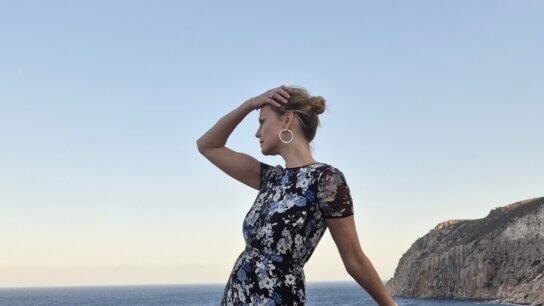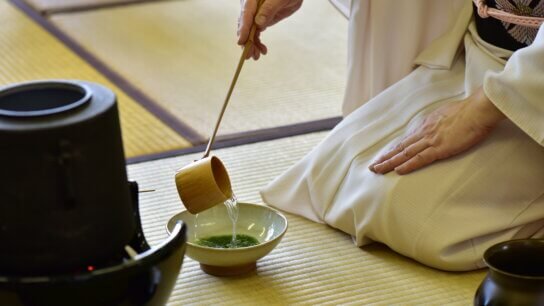My 20 Best Dishes in 2025
My 20 Best Dishes in 2025
Since 2013, I’ve been selecting my 20 favourite dishes each year — moments at the table that truly stood out for their flavour, craft, and feeling. Here’s my personal roundup of the top 20 dishes of 2025, listed in no particular order. Wishing you all a happy, healthy, and successful…










